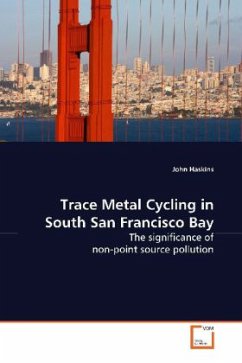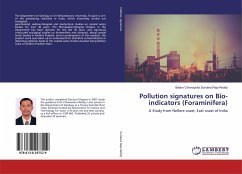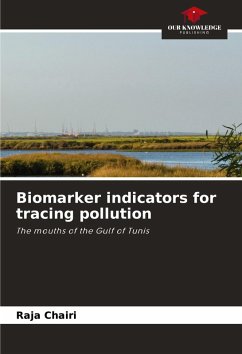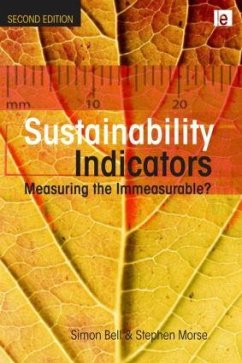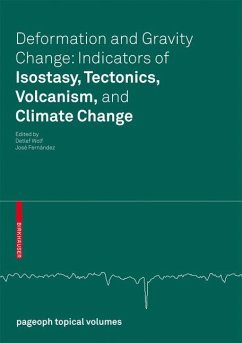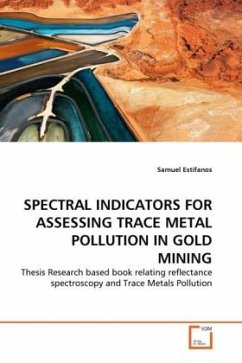
SPECTRAL INDICATORS FOR ASSESSING TRACE METAL POLLUTION IN GOLD MINING
Thesis Research based book relating reflectance spectroscopy and Trace Metals Pollution
Versandkostenfrei!
Versandfertig in 6-10 Tagen
32,99 €
inkl. MwSt.

PAYBACK Punkte
16 °P sammeln!
There are known potentially harmful geological resources whose environmental impact is aggravated by human activities like mining and any other excavations. Mining activities are the main causes for polluting the environment by exposing acid generating minerals to the atmosphere; depositing waste gangue materials with pollutant metals; reaching to ground water levels with toxic constituents; and flooding in to streams which may eventually lead to sea. Reflectance spectroscopy is getting popularity in a number of fields where minerals are interpreted from the spectral characteristics of samples...
There are known potentially harmful geological resources whose environmental impact is aggravated by human activities like mining and any other excavations. Mining activities are the main causes for polluting the environment by exposing acid generating minerals to the atmosphere; depositing waste gangue materials with pollutant metals; reaching to ground water levels with toxic constituents; and flooding in to streams which may eventually lead to sea. Reflectance spectroscopy is getting popularity in a number of fields where minerals are interpreted from the spectral characteristics of samples and also spectral features are quantified to be related to physicochemical variability. Laboratory or field spectra measured with high spectral resolution devises are serving for empirical studies with other physicochemical data. Such spectral examinations can then be the basis for remote mapping purposes, such as, using different band combinations and algorithms with hyperspectral data.




